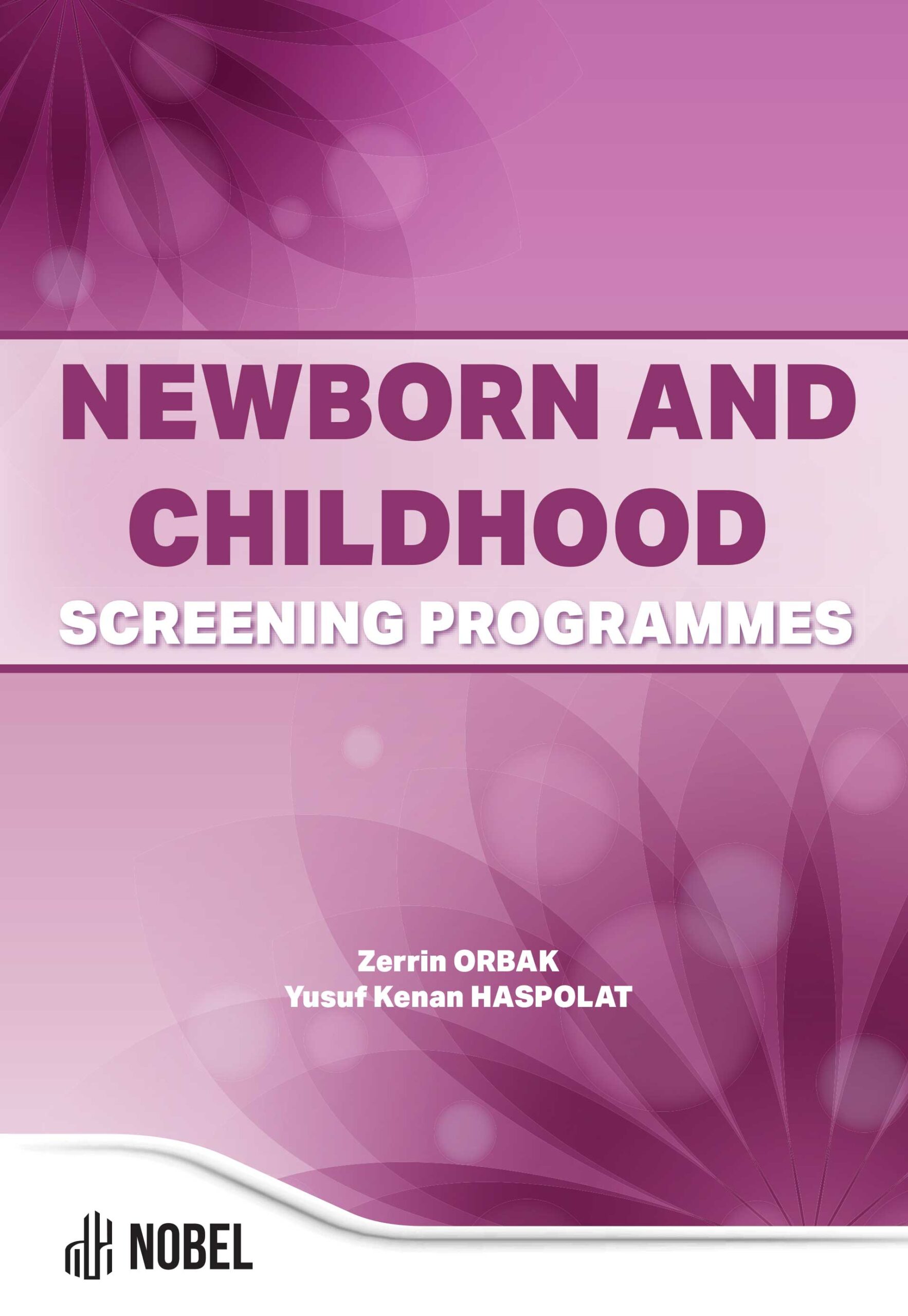Vision Screening and Ophthalmic Evaluation
Fatma Tugce Yavuz Ozturk (Author), Emine Cinici (Author)
Release Date: 2024-04-04
Since the eye structures and ophthalmic needs of children differ greatly from those of adult, early diagnosis and treatment are of great importance. Untreated eye problems may cause impairment of the child’s normal development, school performance and social interactions and affect entire life of the child. Most of the eye development occurs in early childhood. [...]
Media Type
PDF
Buy from
Price may vary by retailers
| Work Type | Book Chapter |
|---|---|
| Published in | Newborn and Childhood Screening Programmes |
| First Page | 101 |
| Last Page | 112 |
| DOI | https://doi.org/10.69860/nobel.9786053358961.9 |
| ISBN | 978-605-335-896-1 (PDF) |
| Language | ENG |
| Page Count | 12 |
| Copyright Holder | Nobel Tıp Kitabevleri |
| License | https://nobelpub.com/publish-with-us/copyright-and-licensing |
Fatma Tugce Yavuz Ozturk (Author)
Ataturk University
https://orcid.org/0009-0006-4243-8731
3Op. Dr. Fatma Tuğçe YAVUZ ÖZTÜRK is an ophthalmologist. Postgraduate: Atatürk University Faculty of Medicine, Department of Ophthalmology, Erzurum/Turkey ( 2020-2024); Undergraduate: Yeditepe University, Faculty of Medicine, İstanbul/Turkey (2011-2018); She is currently working at Atatürk University Faculty of Medicine, Department of Ophthalmology as a specialist.
Emine Cinici (Author)
Associate Professor, Ataturk University
https://orcid.org/0000-0003-2882-6755
Donahue SP, Baker CN, Simon GR, Boudreau ADA, Baker CN, Barden GA, et al. Procedures for the evaluation of the visual system by pediatricians. Pediatrics. 2016;137(1).
Hunyor AP. Reflexes and the eye. Aust N Z J Ophthalmol. 1994;22(3):155-9; discussion 3.
Vision screening in infants, children and youth. Paediatr Child Health. 2009;14(4):246-51.
American Academy of Ophthalmology (2023-2024). Pediatric Ophthalmology and Strabismus
| onix_3.0::thoth | Thoth ONIX 3.0 |
|---|---|
| onix_3.0::project_muse | Project MUSE ONIX 3.0 |
| onix_3.0::oapen | OAPEN ONIX 3.0 |
| onix_3.0::jstor | JSTOR ONIX 3.0 |
| onix_3.0::google_books | Google Books ONIX 3.0 |
| onix_3.0::overdrive | OverDrive ONIX 3.0 |
| onix_2.1::ebsco_host | EBSCO Host ONIX 2.1 |
| csv::thoth | Thoth CSV |
| json::thoth | Thoth JSON |
| kbart::oclc | OCLC KBART |
| bibtex::thoth | Thoth BibTeX |
| doideposit::crossref | CrossRef DOI deposit |
| onix_2.1::proquest_ebrary | ProQuest Ebrary ONIX 2.1 |
| marc21record::thoth | Thoth MARC 21 Record |
| marc21markup::thoth | Thoth MARC 21 Markup |
| marc21xml::thoth | Thoth MARC 21 XML |

